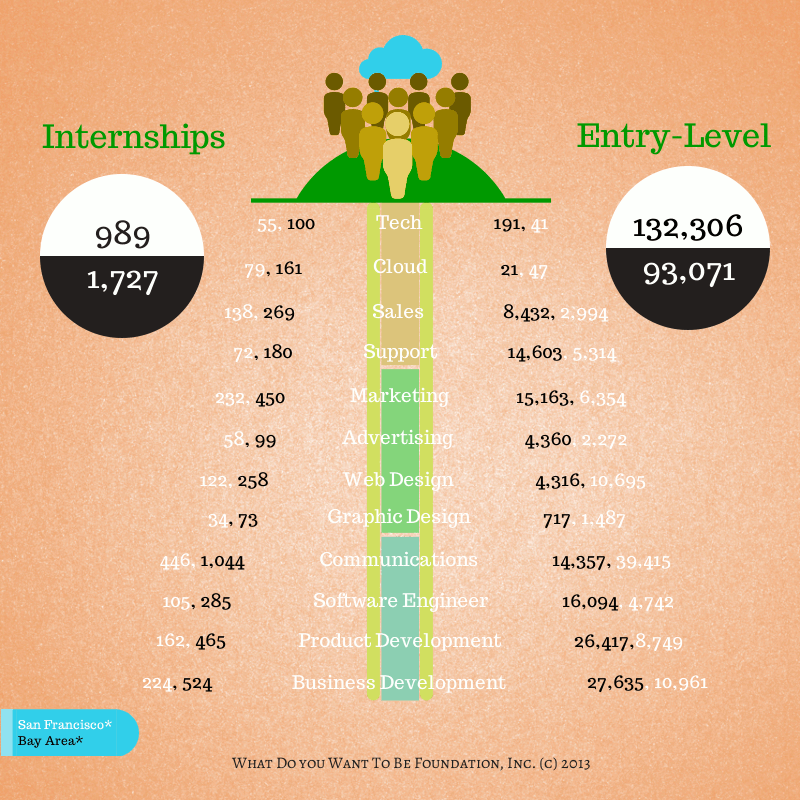Enterprise Resource Planning, or ERP as it is commonly called, has been an enterprise-level product for several years. This is not very surprising considering that an average ERP deployment costs anywhere between $100,000 to $750,000 – not accounting for the under 50% deployment success rate and the several months it takes to get there.
Given the costs and uncertainties involved, small and medium businesses have traditionally stayed out of ERP adoption. But is that a good idea? Not any more. A recent study conducted by CompTIA found that nearly 75% of businesses with less than 100 employees today have successfully deployed business optimization tools at their workplace.
Given the rapid proliferation of such technology among small businesses, you could be seriously losing your competitive edge by not adopting ERP yourself. But is it really worth spending $100,000 on a tool that may not be offering ROI in the immediate future? A Gartner study conducted last year showed that most of the small and medium businesses adopting ERP are doing it on the cloud.
Unlike traditional ERP systems that are deployed on the client’s servers, cloud ERP is operated over a third party server through an Internet connection. Also, unlike the awfully high capital costs needed for deploying traditional ERP systems, cloud ERP tools may be accessed through extremely nominal monthly subscription costs. These are factors that make cloud ERP extremely attractive. No surprise then that hosted cloud ERP solutions like Oracle JD Edwards or one from Netsuite or its partners have seen terrific proliferation in recent times.
So how exactly does an ERP system help a small business? As the name suggests, ERP helps businesses in the planning and optimization of their resources. This resource could be inventory, manpower, money, or even customer relationship. With an ERP system, it is possible to maintain data consistency within an organization. This way, every time your purchasing manager makes an additional order of supplies, the ERP dashboard immediately reflects the changes in inventory and budget so that other teams such as Finance, Sales, and Manufacturing may immediately be appraised of the updated finance and inventory status.
Another major advantage with ERP is automation of crucial resource replenishment tasks. In a traditional setup, the inventory manager is responsible for keeping track of the various inventory levels and he/she is responsible for sending new purchase orders when the inventory levels fall below a threshold. An ERP system may be configured to integrate your business processes with that of your suppliers so that decisions to send new purchase orders may be automated. This eliminates human error and reduces the turnover time; thus improving operational efficiency.
Given the growing popularity of cloud ERP, small businesses may no longer have the luxury of avoiding its deployment. If you are a bootstrapped business owner, it is highly recommended that you implement cloud ERP systems to not only ensure higher optimization of your resources, but also to bring about better efficiency in your business processes. What are your thoughts on this? Tell us in the comments below.


